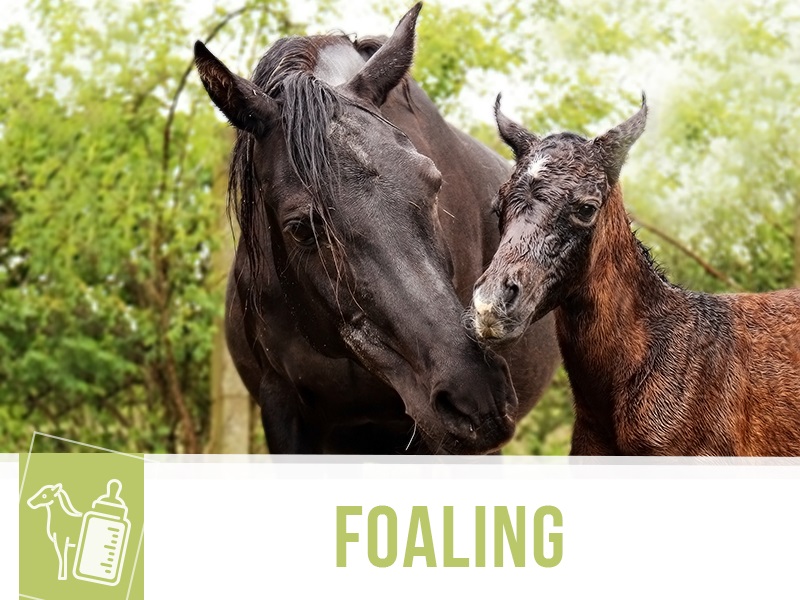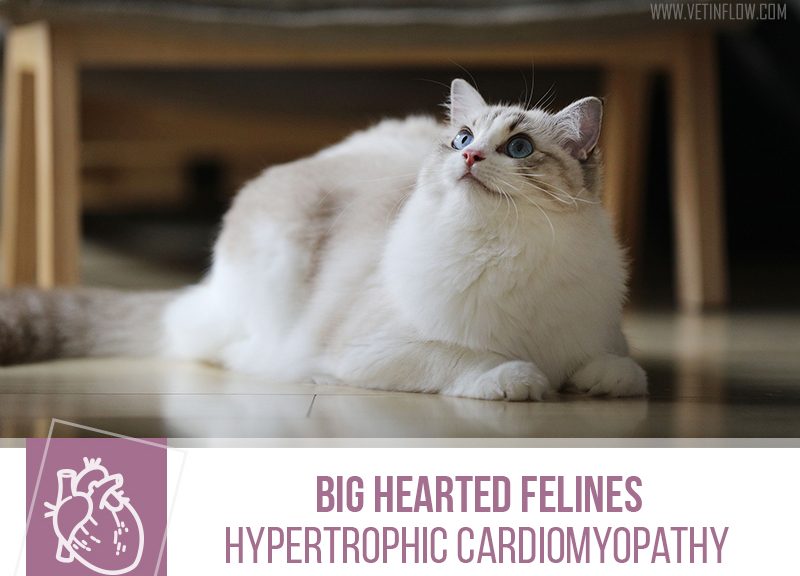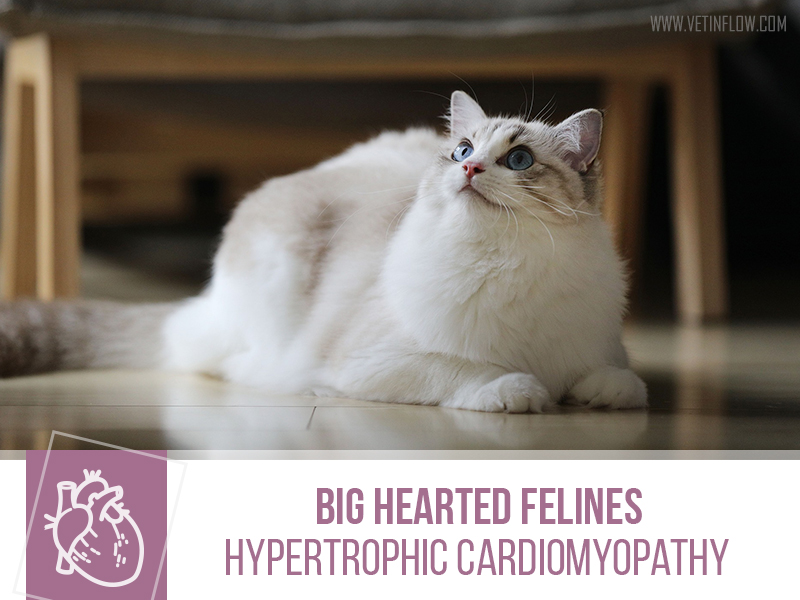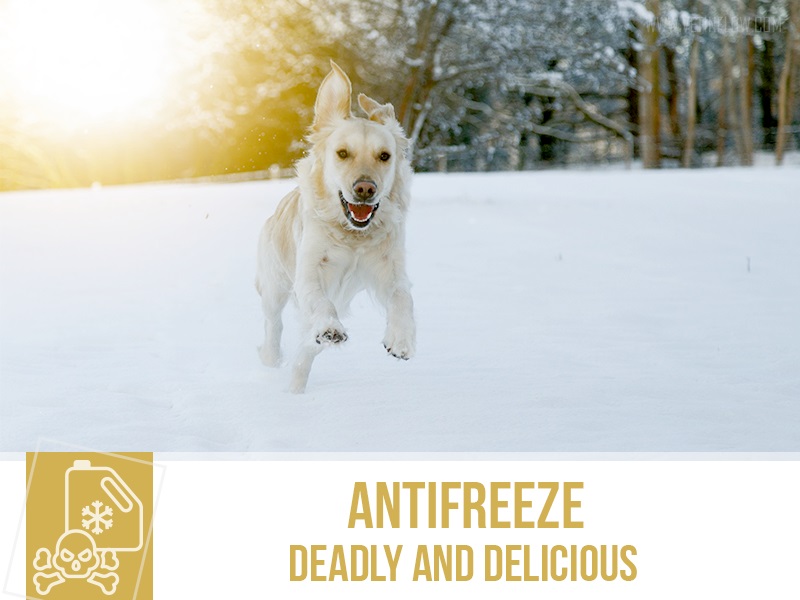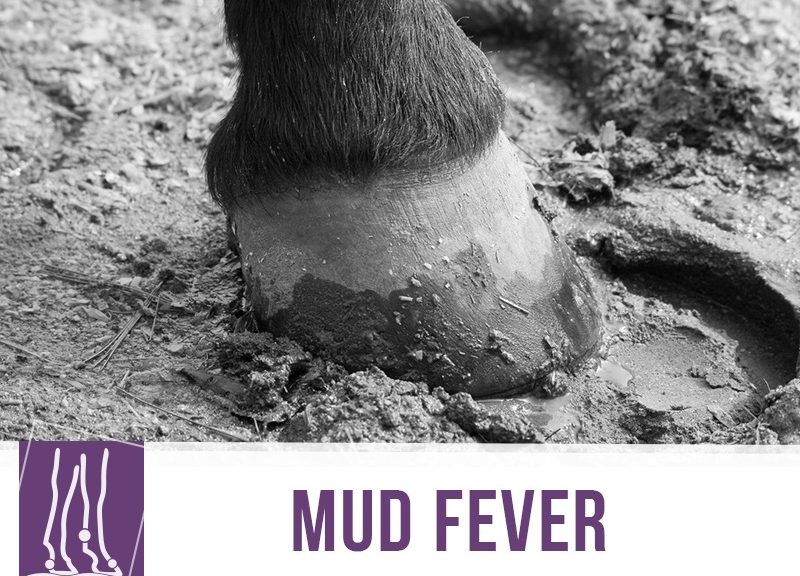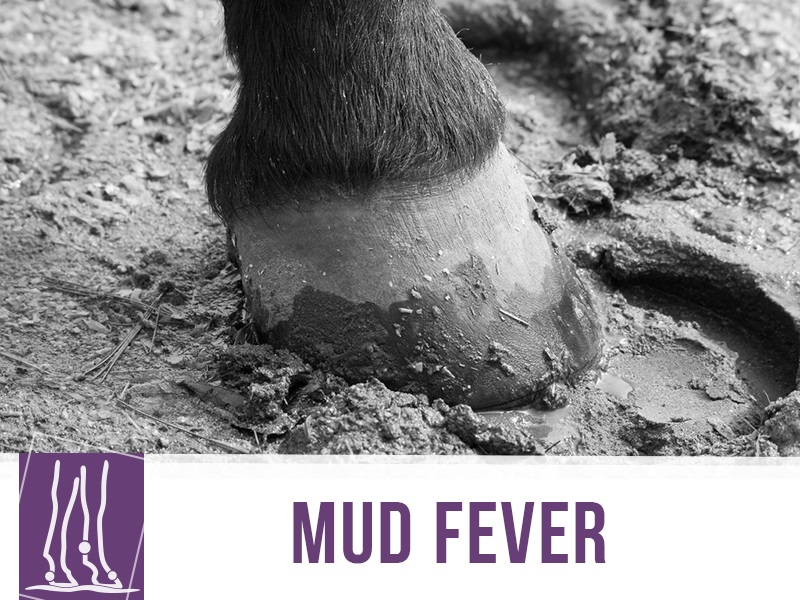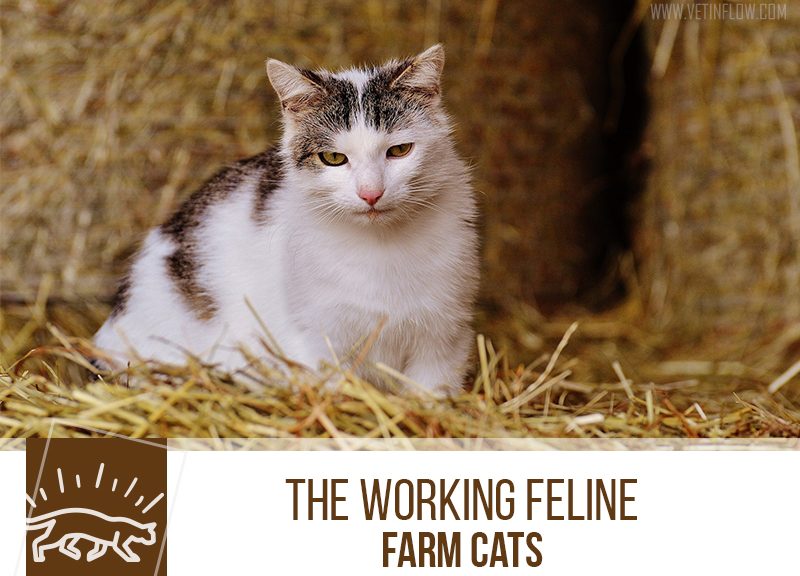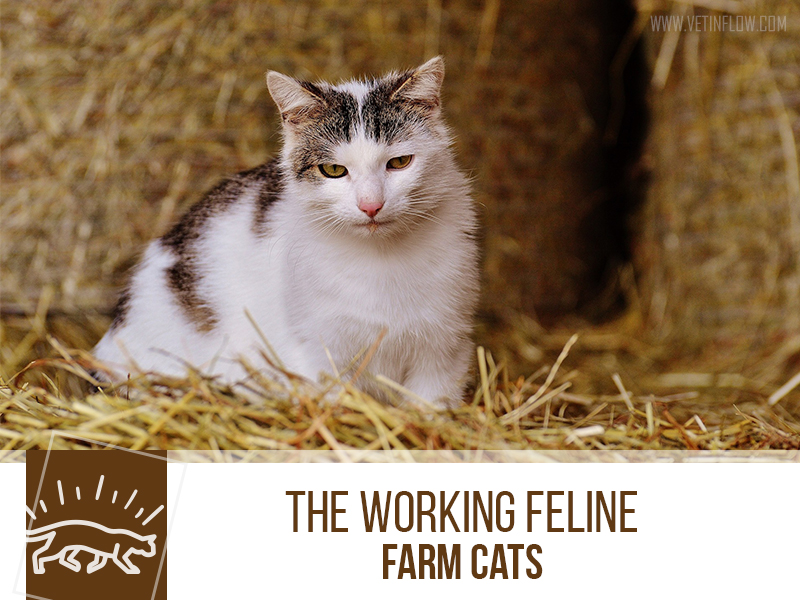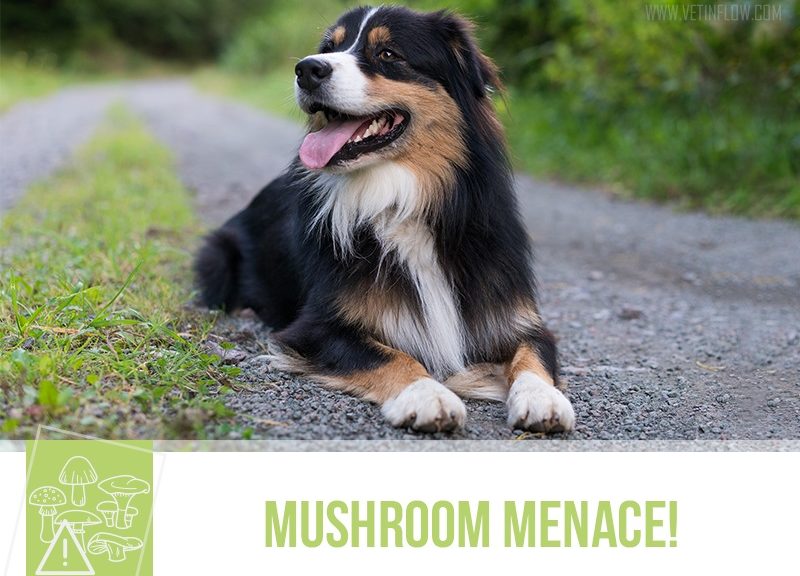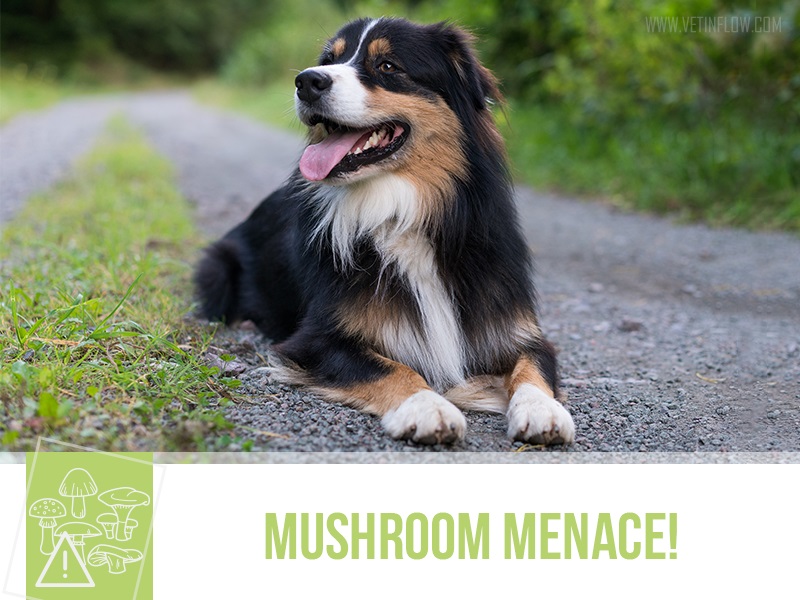A very Merry Christmas from all of us here at The Pet Professionals! We hope this season is filled with joy and warmth! We also want toremind all owners to keep their pets safe during Christmas and New Years’ celebrations.
Delicious foods and beautiful decorations seem to be everywhere right now. It’s important to keep in mind that our four-legged friends should not have access to many of these foods and that it is really worth keeping a close eye on them during this time of the year.
Chocolates and sweets are a big part of Christmas and these can be poisonous to pets. Chocolate contains theobromine, a substance that is toxic for them and the darker the chocolate, the more dangerous it is to a pet. Certain types of chocolate such as dry cocoa powder, dark chocolate and unsweetened (baking) chocolate should be kept out of their reach at all times.
Sweets not only have incredibly high levels of sugar but many often contain xylitol, an artificial sweetening agent that is also poisonous, even if ingested in very small amounts. Xylitol can be added to tea, to several other baked goods and it is even used in some brands of peanut butter.
Mince pies, Christmas cake, and Christmas puddings are not recommended since they are full of raisins and sultanas, which are also known to cause kidney problems in dogs.
Get some healthy treats ready for your furry companions and avoid feeding them with leftovers from Christmas meals. Although delicious, our Christmas feasts are high in fat which can lead to digestive issues and contribute to the onset of pancreatitis.
Pets usually love Christmas decorations, especially curious and playful cats. However, tinsel, string, ribbons and any other ornaments being chewed or swallowed are not only a choking hazard, but can also cause intestinal blockage. Cats and dogs nibbling on plants such as mistletoe, poinsettia and holly is also to be avoided as these are mildly toxic for them.
Help us spread the word about these issues and hopefully more pets will enjoy a safe and happy Christmas.
Would you like to know more about cats and dogs? Check our Feline and Canine Courses:



